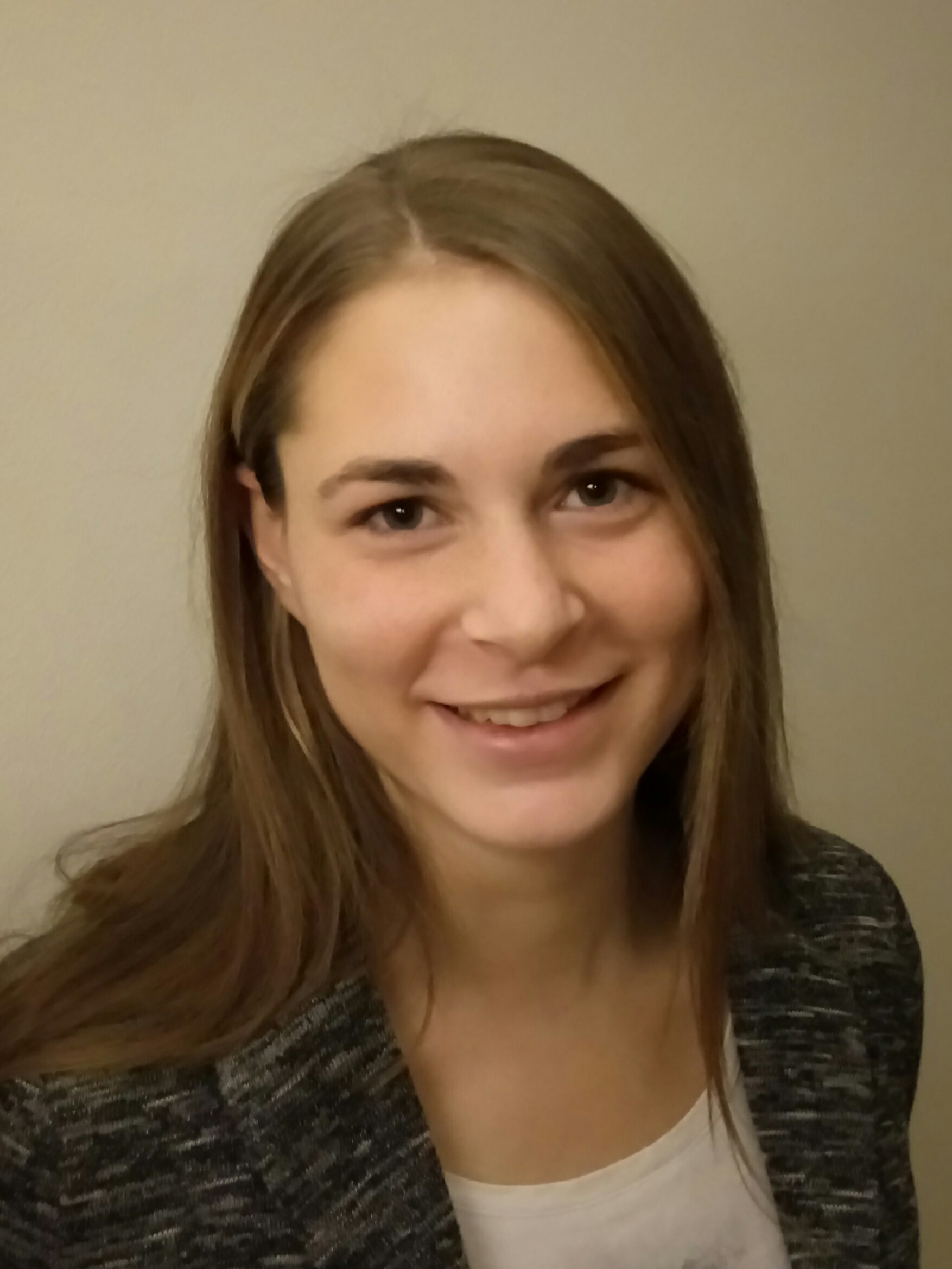

题目:Bifurcations and Bistability in Nonlinear Mechanical Systems
时间:2024年9月13日 14:00-15:00
地点:j9九游会官方网页版 F103会议室
邀请人:鲁航宇 博士(智能汽车研究所)
Biography
 Fanni Kadar is a PhD candidate at the moment at the Budapest University of Technology and Economics, Faculty of Mechanical Engineering, Department of Applied Mechanics. She has studied at the same university and faculty for BSc, MSc, and PhD. Later, she graduated as a mechanical engineer both in BSc and MSc. Her BSc specialization was Mechanical Engineering Development, while her MSc specialization was Applied Mechanics. She did her MSc thesis under the supervision of Prof Gábor Stépán from the Dept. of Applied Mechanics and Prof. Csaba Hős from the Dept. of Hydrodynamics about valve vibrations. Her PhD supervisor is Prof. Gábor Stépán, a member of the Hungarian, European, and Chinese Academy of Sciences. Her main interests cover bifurcation analysis, nonlinear vibrations, and time delay systems. The talk aims to be a summary of her PhD thesis work.
Fanni Kadar is a PhD candidate at the moment at the Budapest University of Technology and Economics, Faculty of Mechanical Engineering, Department of Applied Mechanics. She has studied at the same university and faculty for BSc, MSc, and PhD. Later, she graduated as a mechanical engineer both in BSc and MSc. Her BSc specialization was Mechanical Engineering Development, while her MSc specialization was Applied Mechanics. She did her MSc thesis under the supervision of Prof Gábor Stépán from the Dept. of Applied Mechanics and Prof. Csaba Hős from the Dept. of Hydrodynamics about valve vibrations. Her PhD supervisor is Prof. Gábor Stépán, a member of the Hungarian, European, and Chinese Academy of Sciences. Her main interests cover bifurcation analysis, nonlinear vibrations, and time delay systems. The talk aims to be a summary of her PhD thesis work.
Abstract
Bistability is present in several types of dynamical systems endangering the system integrity and leading to sudden unexpected behaviour. Her work mainly focuses on mechanical systems, where the desired state is an equilibrium state, but stable oscillations can occur. Those vibrations are considered to be dangerous. In these systems, the stable equilibria and a stable limit cycle branch compose bistable parameter regions, while the beginning of the bistable domain is usually assigned by a fold bifurcation, or by a similar critical transition. The first step of the analysis is the linear stability analysis, which separates the stable and unstable regions of the equilibrium state. Further detailed nonlinear analysis is necessary to find the avoidable bistable regions. Her work mainly focuses on pressure relief valve dynamics, which can include time delay due to wave propagation in a downstream pipe. The time delay can have a stabilising effect. The other model is about the shimmy vibration of a rolling wheel. For that, a model-free experimental fold prediction method is presented.